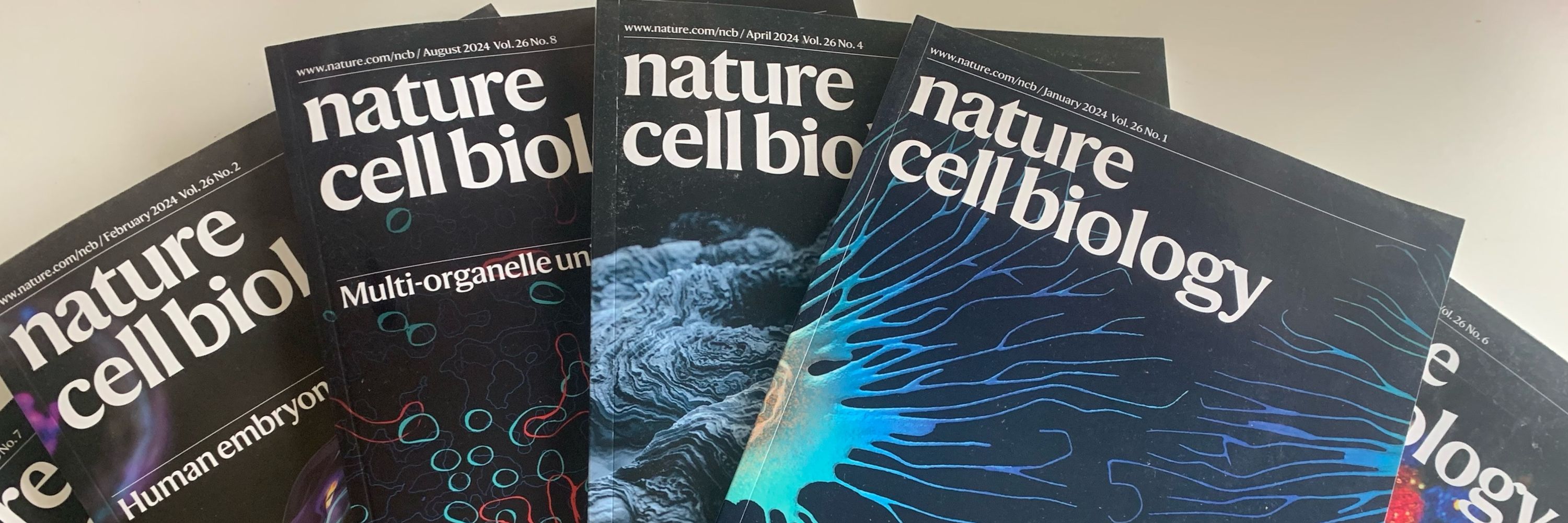
The longest and main part of your abstract. Here you should explain:
i) what you did and how
ii) what you found
An effective abstract doesn’t bombard the reader with details; you can’t describe all your results. Stick to major.
*Must*: use friends from other fields as beta readers
The longest and main part of your abstract. Here you should explain:
i) what you did and how
ii) what you found
An effective abstract doesn’t bombard the reader with details; you can’t describe all your results. Stick to major.
*Must*: use friends from other fields as beta readers
Present the known and its caveat. It can be as brief as 1 sentence (we know x, but y (somehow linked to x) is unknown) or 2 sentences. My view is that abstracts with more than 2 introductory sentences rarely work well. Specific, clear, only the absolutely necessary.
Present the known and its caveat. It can be as brief as 1 sentence (we know x, but y (somehow linked to x) is unknown) or 2 sentences. My view is that abstracts with more than 2 introductory sentences rarely work well. Specific, clear, only the absolutely necessary.
There’s not only one way, but there certainly is a “safe” and always successful recipe. Your abstract consists of 3 parts:
1st: 1-2 (max!) sentences - intro;
2nd: the longest - the findings;
3rd: 1 sentence (2 could work, but often unnecessary) - wrap it up.
There’s not only one way, but there certainly is a “safe” and always successful recipe. Your abstract consists of 3 parts:
1st: 1-2 (max!) sentences - intro;
2nd: the longest - the findings;
3rd: 1 sentence (2 could work, but often unnecessary) - wrap it up.
FOR REVIEWERS: We do not allow our reviewers to upload papers that they 've agreed to review for us on generative AI tools and we require them to fully disclose the use of any such tool used in any part of the process, if they do. The reasons are many, including confidentiality.
FOR REVIEWERS: We do not allow our reviewers to upload papers that they 've agreed to review for us on generative AI tools and we require them to fully disclose the use of any such tool used in any part of the process, if they do. The reasons are many, including confidentiality.
Remember that AI is *not* an author, and the authors of the paper remain fully accountable for their text. The use of such tools should be disclosed in the Methods section of the paper.
Images: Generation of images with AI tools is not allowed (few/specific exceptions – contact your editor).
Remember that AI is *not* an author, and the authors of the paper remain fully accountable for their text. The use of such tools should be disclosed in the Methods section of the paper.
Images: Generation of images with AI tools is not allowed (few/specific exceptions – contact your editor).
FOR AUTHORS:
Text: As a rule of thumb, using AI to polish your text (grammar, spelling etc) is allowed. I’m personally not a fan of this, but AI can even be used for heavier textual editing/generation.
FOR AUTHORS:
Text: As a rule of thumb, using AI to polish your text (grammar, spelling etc) is allowed. I’m personally not a fan of this, but AI can even be used for heavier textual editing/generation.

